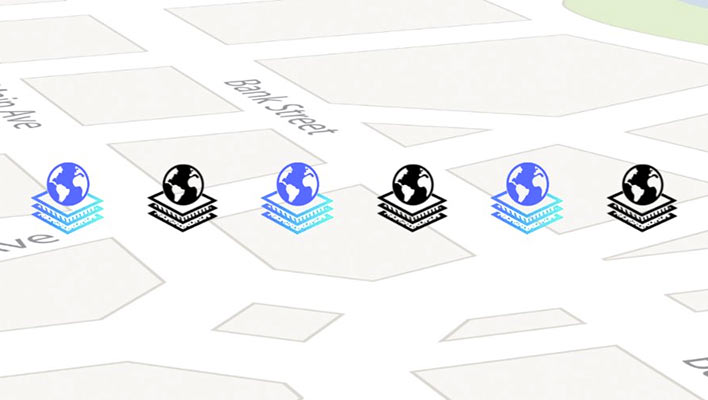Amazon, Meta, Microsoft And TomTom Join Forces To Take On Apple And Google Maps

Apple and Google are increasingly dominant players in the maps provision business. Such is the scale of their domination; some might say the Silicon Valley pair control a duopoly. This hasn't gone without note among other tech titans, and now a powerful group formed by Meta, Microsoft, Amazon (Amazon Web Services, AWS), and TomTom have formed the Overture Maps Foundation (OMF) to create another compelling option.

Different map providers have different strengths, so it will be beneficial for consumers to get another highly competent option, based upon independently sourced data. The aforementioned team seem uniquely placed to deliver a challenger via the OMF.
The Mapping Market Needs A Third Player
Currently, Apple and Google appear to be in a zone of comfort, and confidently monetizing the users of their mapping services or APIs, as well as adding more ads and similar unwanted elements. Perhaps success for the OMF could mean some of these unwelcome features of Apple Maps and Google Maps could be rowed back.
Apple allows its native OS developers free access to its Apple Maps service, but web app developers, for example, have to pay. Google developers pay a fee per thousand Google Maps lookups. With popular apps and sites, it is easy to see Apple's and Google's charges build up quickly.
Earlier this week, the executive director of the OMF, Marc Prioleau, was interviewed by CNBC about the hopeful third big player in the mapping provision business. The OMF exec outlined the reasoning behind the establishment of the new mapping organization. One of the most important features of using OMF maps will be that there is no fee for developers.
OMF Is Focused On Map Data For Developers
We already talked about the potential for a third player, above, but Prioleau makes it clear you probably won't be downloading OMF Maps any time soon. Instead, the OMF intends to simply offer up the underlying map data, so companies can use it in place of the Apple or Google APIs for their custom developments which make reference to maps.
The OMF's mapping recourse is already quite significant. Data is said to include 59 million points of interest, include heights for over six million buildings, and use over 34,000 km2 of open 3D Elevation Program (3DEP) lidar data from the US Geological Survey (USGS). This is now ready for use as a base-layer in apps that call upon mapping services. Possible eager adopters of OMF maps could include the popular food or goods purchase and delivery apps, as well as self-driving cars, and AR apps.
To keep OMF maps up to date with new and closed roads, as well as new and closed points of interest, the organization will use data from its key backers, as well as seeking benefits from using AI and other automated technologies.


